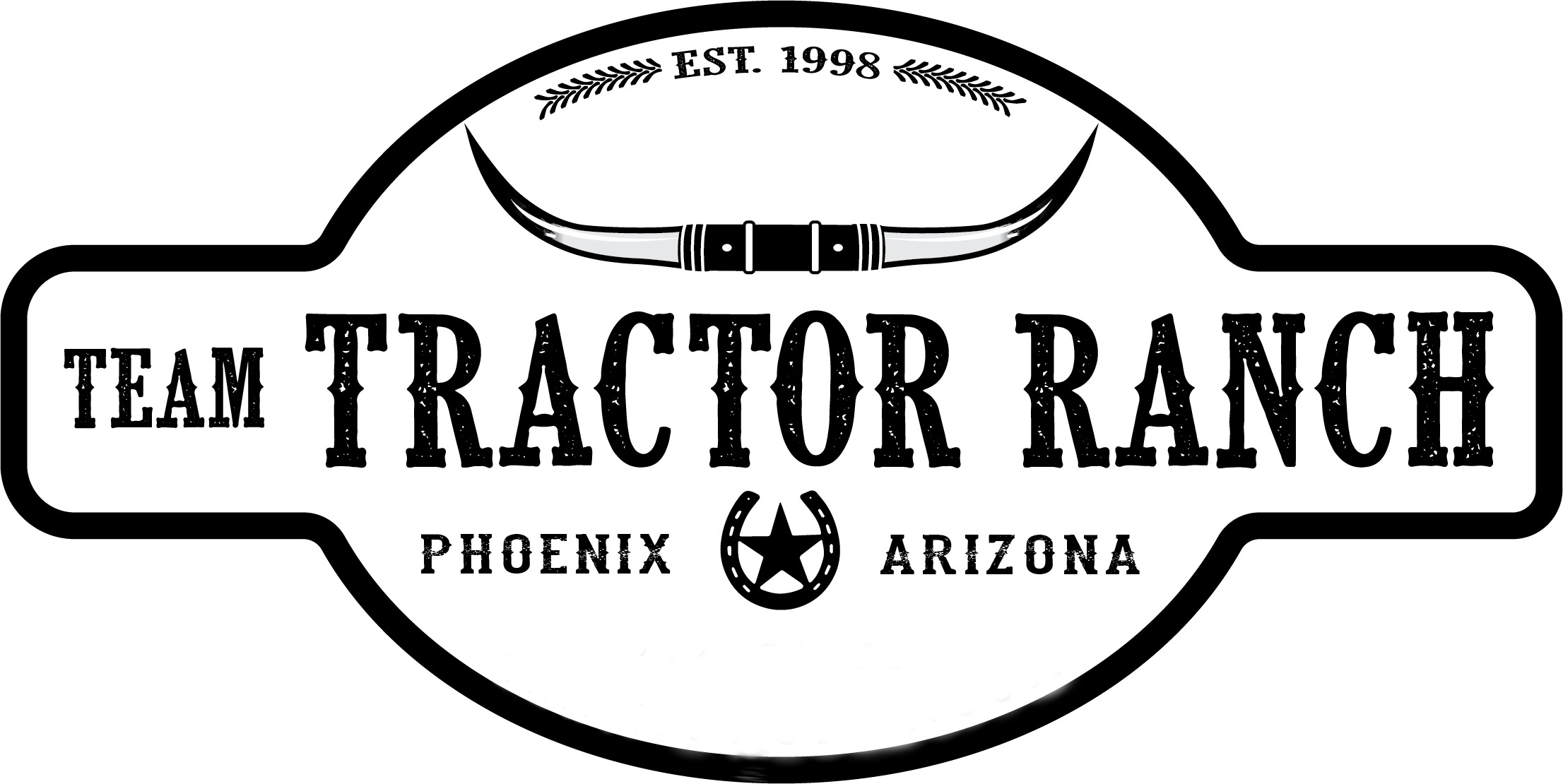Help Me Understand Tractor Grease
We want to help you understand everything you need to know about greasing your tractor.
Tractors have many bearings, metal-on-metal joints, and oscillation points.
They are operated in varied temperatures. Plus, they are operated in dusty, dirty, and wet conditions. This means tractors require lubricants to help prevent premature corrosion, wear, and failure.
Grease is an inexpensive and common method of lubrication.
What exactly is grease? Grease is a heavy oil with an added thickener (such as soap). Soap and other additives make the oil thicker, enabling it to stick, and stay in place.
In this short article, we will discuss everything you need to know about tractor grease and routine lubrication.
Grading
Grease is rated and graded by the National Lubrication Grease Institute (NLGI).
Their work is validated by the American Society for Testing and Materials (ASTM) standards.
The consistency of grease is determined by placing a penetrometer (funnel) on a smooth cup of grease at 77F, and then measuring the penetration in 1/10mm after five seconds. The greater the penetration, or the softer the grease --- the lesser, the harder, the grease, with corresponding lower and higher NLGI numbering.
The National Lubrication Grease Institute gives tractor grease nine grades. Those grades are 000, 00, 0, 1, 2, 3, 4, 5 and 6. 000 is a high penetration formulation, for use in centralized systems, used in colder temperatures. 6 is a low penetration formula, used in more heat-stressed conditions.
Most tractor greases fall into the middle 1, 2, and 3 grades. Grade 2 is the most common.
Testing
American Society for Testing and Materials use specific test standards.
Here they are:
- Water washout: Resistance of the grease to water washout.
- Timken OK load: Performance measurement of pressure additives.
- Drop point: The temperature grease passes from semi-solid to liquid state.
- Oil separation: Separation at elevated temperatures.
They also test corrosion wear and prevention.
The test standards are technical. As a user, it is good to have a basic understanding of the grease’s quality and performance.
Additives
There are two general types of greases.
There are those that use soap as a thickener --- and those that use non-soap based additives. Both contain additives.
Roughly 90% of greases are soap-thickened. This formulation is typically around 80-95% oil, 2-20% soap thickener, and 0-15% additives.
Thickeners used include calcium, lithium, lithium complex, calcium complex, sodium, barium, aluminum complex, clay, polyurea, and calcium sulfonate.
Additives improve the grease’s performance under varied working conditions. These additives include anti-wear agents, rust inhibitors, antioxidants, antifoam agents, and corrosion inhibitors.
While additives and thickeners are important --- the base oil and viscosity will determine how the grease performs.
Types
There are four types of base oil.
Here they are:
- Synthetic (PAO, PAG, ester, and alkylbenzenes)
- High-performance (Silicones and fluorinated fluids)
- Mineral oils (Paraffinic and naphthenic)
- Natural (Vegetable)
Most greases will be formulated using American Petroleum Institute (API) Group I and II base stocks. These are appropriate for most applications. For applications in extreme temperatures, or where extended time periods between greasing is desired, a synthetic base oil could be the best choice.
So which grease should you use?
First and foremost, consult your owner’s manual or tractor dealer.
Many brands make their own recommendations. You can also likely use a general, all-purpose grease, with an NLGI grade No. 2 rating.
Points
Once you select the proper grease, you need to identify the points to lubricate.
Your owner’s manual should provide a list.
Here is a bit of a guideline. If it rubs, turns, or oscillates against another metallic surface, it will require lubricant.
Common points include mower deck spindles, steering components, loader pivot points, rotating driveshaft universal joints, backhoe pivot points, and hitch components.
Do not overlook joystick components, brake pedal linkages, and the tractor implements.
Keep a checklist.
Frequency
Maintenance frequency is based on conditions.
One key is to follow the tractor manufacturer’s suggestions. Check your owner’s manual.
Example: If your tractor is operating under standard conditions, then maintenance may be required every 50 hours. In extreme wet or muddy conditions, those intervals might be reduced to every 10 hours of use, or daily, whichever comes first.
Ongoing
After you identify grease points and develop a maintenance schedule, you still need to adjust plans based on variables.
Weather conditions, use time, and exposure to moisture and chemicals are important to keep track of when it comes to adjusting tractor maintenance.
If you need any further help, or have any questions about tractor grease, maintenance, or anything else, please contact your dealer, local mechanic, or call us at 602-734-9944. Please ask about our current new and used tractor supply.
Team Tractor and Equipment - #1 Tractor Dealer in Arizona. We sell and service most major brands of tractors including Yanmar, Kubota, John Deere, TYM, Mahindra, Kioti, Case, New Holland, Massey Ferguson, Ford, Deutz, Case IH, Farmall, International Harvester, Branson Tractors, LS, Shibura, Claas Tractor, McCormick Tractors, Valtra, Solis, YTO, Montana, and Nortrac.
